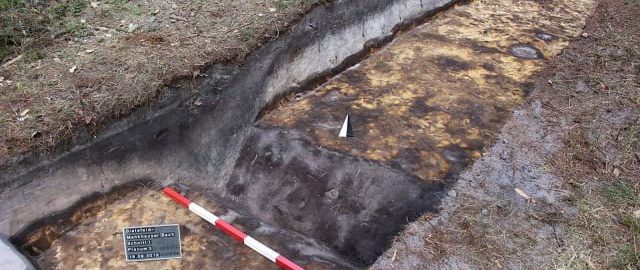In Bielefeld (western Germany), scientists found the remnants of the Roman marching camp – large fragments of the wall, which date back to the reign of Emperor Augustus (27 BCE – 14 CE).
Fortunately, over the next centuries, the area where the camp was located was not used for agricultural purposes. Currently, thanks to laser scans, it is possible to determine the line of walls that bordered the camp. In this way, archaeologists were able to assess that the camp covered 26 ha. Thus, practically 3 legions and auxilia troops could be here located – about 25,000 people.
What is worth emphasizing, the Roman legionaries in the march camps slept in leather tents, therefore space used by the troops was much smaller than in permanent camps.
According to historical records, in the region was acting Drusus the Elder in 11 BCE and Germanicus in the years 11-12 and 14-16 CE. Subsequent research is to confirm which Roman general was responsible for the construction of the discovered camp.








